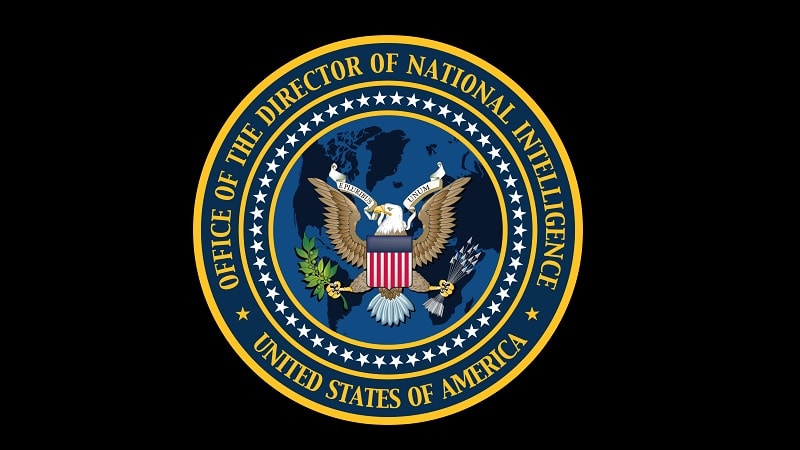
The National Counterintelligence and Security Center (NCSC), which operates within the Office of the Director of National Intelligence (ODNI), unveiled an updated National Counterintelligence Strategy last week.
The strategy – signed by President Biden on Aug. 1 – updates counterintelligence priorities based on current and anticipated threats and communicates these priorities to the counterintelligence community, Federal, state, and local partners, as well as Congress, industry, academia, foreign partners, and the public.
According to NCSC, the 24-page unclassified document provides a framework for strategic planning, resourcing, and evaluation. It also aligns counterintelligence community efforts with the National Security Strategy and other national strategies to drive progress in key mission areas.
“Today’s strategy is designed to drive integration, action, and resources across the counterintelligence community to outmaneuver and constrain foreign intelligence entities (FIEs), protect America’s strategic advantages, and invest in the future to meet tomorrow’s threats,” NCSC Director Michael Casey said in an Aug. 1 statement. “Developed with our partners across the U.S. government, the strategy provides a comprehensive vision and direction for the counterintelligence community to address increasingly complex foreign intelligence threats.”
The strategy keys on three pillars – outmaneuver and constrain FIEs; protect U.S. strategic advantages; and invest in the future – that are supported by nine different goals. The strategic goals include combatting foreign intelligence cyber activities; protecting critical technology and U.S. economic security; protecting the nation’s critical infrastructure; and reducing risks to key U.S. supply chains, among others.
“Countering this wide array of evolving threats, however, will require a whole-of-society approach that increases coordinated actions by federal, state, local, tribal, and territorial governments and increases engagement and cooperation with our allies and partners – including the private sector, academia, and the public,” NCSC wrote. “This unclassified strategy provides the foundation to effectively drive an integrated and coordinated response to our most significant FIE threats.”
NCSC said the strategy will be followed by a classified implementation plan to direct more specific actions and initiatives for the counterintelligence community.
According to NCSC, the implementation plan will be focused on engaging partners, sharing information, identifying and mitigating vulnerabilities, strengthening defenses, building capabilities and resilience, and working together to protect people, institutions, and strategic advantages.
